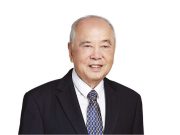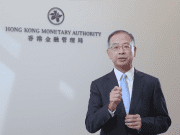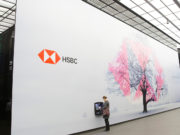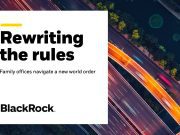The Eureka Moment for Financial Experts and Advisors
Nothing is more fascinating than to discover something new or what you had imagine only a few can understand.
This is especially true for discovering financial knowledge and information as each new discovery leads you to think that you are now on track to “make more money” or “save more money.” Ideas such as making millions, early retirement and be like Warren Buffet (0.1% of him) starts to float in your mind.
Related Articles:
- 10 Ways to Deal With a Portfolio Disaster
- 8 Reasons Why Low-Risks Portfolios Do Not Work Effectively in Asia
- 8 Reasons Why You Can Construct a Portfolio Wrongly
- 14 Reasons Why Most Portfolio Managers rarely set up their own Fund Management Company?
- 8 Reasons Why Building a Portfolio is Tough in Asia
- 7 Things To Do When You Meet People Who Are Better Than You In Finance and Investments?
Many financial experts and advisors experience many Eureka moments in their career. We look at some of the classic moments:
No. 1 Discovering Financial Knowledge

As a financial expert or advisor, the global financial market is vast and is extremely knowledge intensive, similar to scientific knowledge. Keeping track of the global financial market means keeping track of the world. This means understanding Treasury in United States to Obligasi in Indonesia or which is the correct trading description of China’s currency: CNY and RMB.
Some of the exciting moments in financial knowledge:
| Early Moments | Equities, Bonds, Foreign Exchange, Warren Buffett, Benjamin Graham |
| Mid-Phase Moments | IPOs, Pre-IPOs, Fundamental Analysis, P/E Ratio, Stock Split |
| Late Moments | Options, Futures, Swaps, OTC, Long/Short, LBO, Greenshoe, Delta, Gamma, Greeks, |
No. 2 The Financial Information Discovery
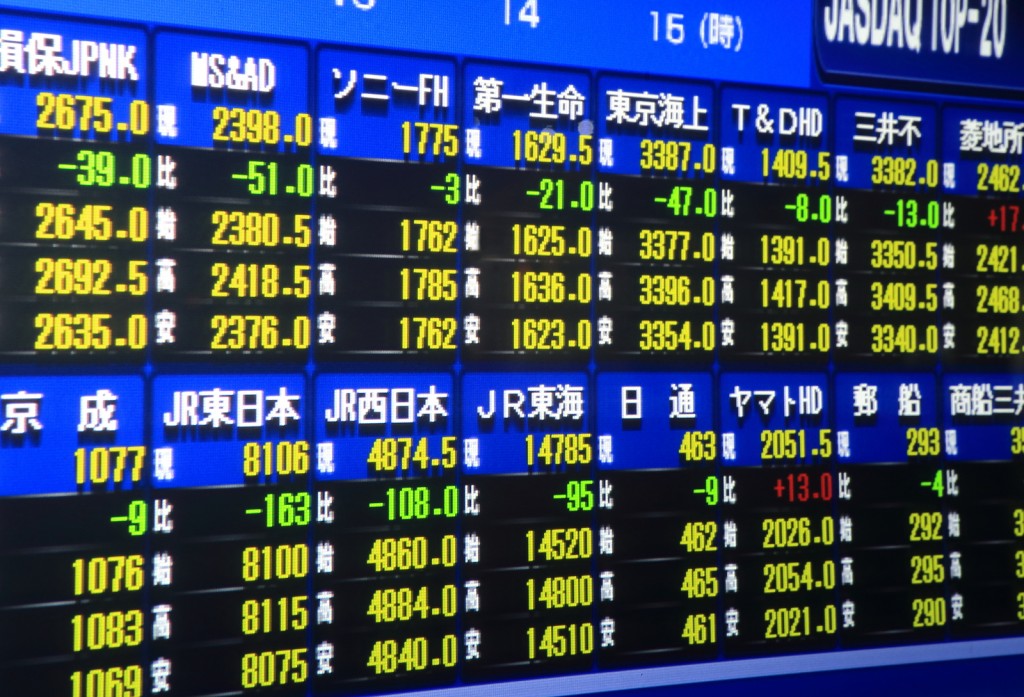
After gathering basic financial knowledge, getting into action means knowing where to get the pricing. Consumers go to consumer finance sites such as Google Finance or Yahoo Finance while financial experts and wealth advisors use professional terminals through data providers such as Bloomberg, Thomson Reuters & Factset.
Despite “everyone” getting data and information from Bloomberg and Thomson Reuters, their global market share accounts for only 57.87% (31.99% and 25.88% respectively). Read More: Looking at Bloomberg vs Reuters
Source: Burton Taylor International Consulting LLC
Did You Know
In China, Wind Info is the dominant financial information provider. A positive movement is symbolize with red color – which represents good luck in Chinese culture while Bloomberg and Thomson Reuters use green color to represent positive movements.
Visit: Wind Info
No. 3 The Execution Platform Discovery

After having adequate financial knowledge and information, it is time to choose a product or service provider. They usually number a few to tens in your quick shortlist.
But to select the right platform or instrument is no easy task. Example:
- To buy stock: do you go to a bank or a stockbroking firm?
- To manage wealth, do you go to a bank, private bank, financial advisory firm or manage your own through Do-It-Yourself Solutions?
- Do you invest into stocks, Exchange-Traded Funds (ETFs), options, or Contract-for-differences (CFDs)
Once you commit to a platform for financial services, it is an amazing discovery as you can now plough through more financial information than ever.
And for financial experts & advisors, you soon discover, it isn’t just about financial knowledge, information and platform.
No. 4 The Trade or The First Trade
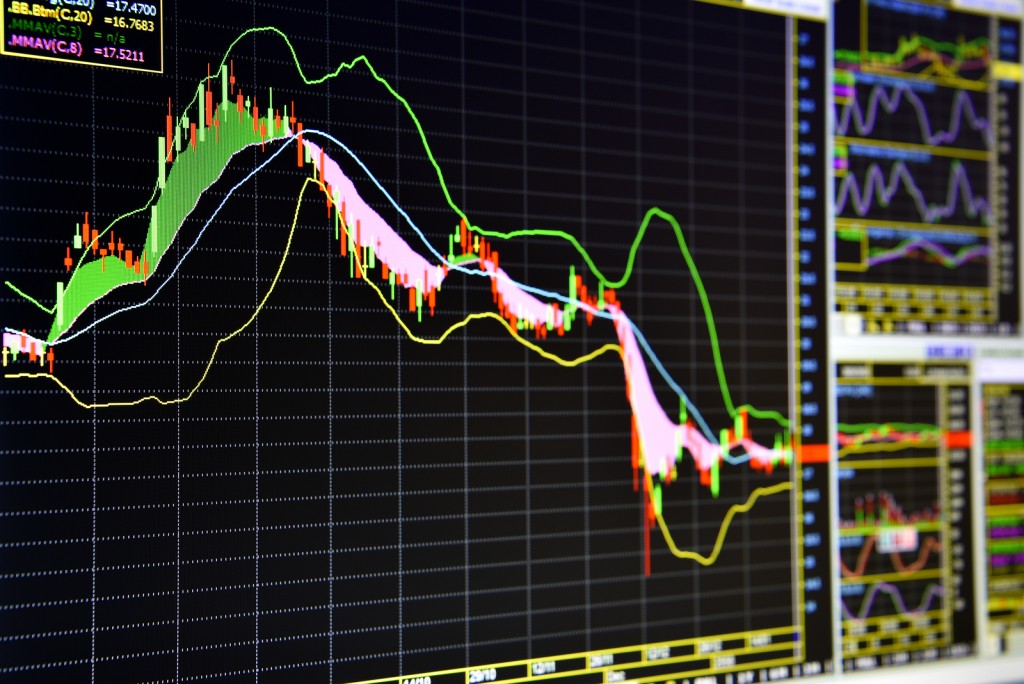
Buying a financial instrument for the first time is usually exciting.
The first moment would be an amateur mistake in placing a sell order instead of a buy order. Another would be keying in the wrong quantity or the wrong price. Sometimes you would place an order on a wrong ticker or when the market is already close.
- Sell a Call Option
- Sell a Put Option
- Sell a Futures / Forward Position
The first trade and subsequent trades brings about many surprises, shocks and achievements. Even not only for investments but for buying the first insurance policy, placing the first fixed deposit, all bring about moments of satisfaction and possibly uncertainties.
No. 5 A Future Unknown

Unlike consumer products where the products are often sent for live-testing or consumer-testing, financial products cannot be tested.
Financial products are constructed using “back-testing” or “stress-testing” for projected returns and risk management. In financial products, the execution is a vote of confidence rather than a product that will delivers the expected results.
Due to the unknown future, the possible financial outcomes are highly correlated to the risk-taking approach, and the people who make the decisions. Financial experts and advisors in their career, constantly move up and down the different profiles, adjusting to changing global economics, new insights and personal discoveries.
Examples of Risk-Taking and Profiles of Clients and Financial Advisors:
| Risk-Taking | Client’s Profile | Experts & Advisor’s Profile |
| Low-Risk | Conservative | Prefer Safe Products |
| Moderate Risk | Moderate | Prefer Safe Products with 1 or 2 Higher Risk Products |
| Balanced | Balanced | Prefer to do a combination of Products, Neutral |
| High-Risk | Growth | Prefer Products with Potential for Higher Returns |
| Very High-Risk | Aggressive | Prefer High Returns and Trading Instruments |
No. 6 The Long Wait, The Result

The biggest challenge of financial experts and advisors is that the outcome may take many years to materialise. With a vibrant global financial market and fast-changing global economics, the outcome is constantly anticipated, monitored and scrutinised.
- Would the result be positive or negative?
- Is the plan a good plan?
- Is the execution good or could be better?
- Are financial experts and advisors patient enough to see the outcome.
- Should you change decisions if the original plan was flawed
Since waiting 10 years could mean a substantial 25% of a possible career lifespan (aged 25 – 65), many financial experts and advisors start turning to 3, 6, 9, 12 , 18 months time frame while the market charting organises financial information into 1, 3, 5 and 10 years framework. Should you wait for the result?
No. 7 The Big Gains or the Big Losses
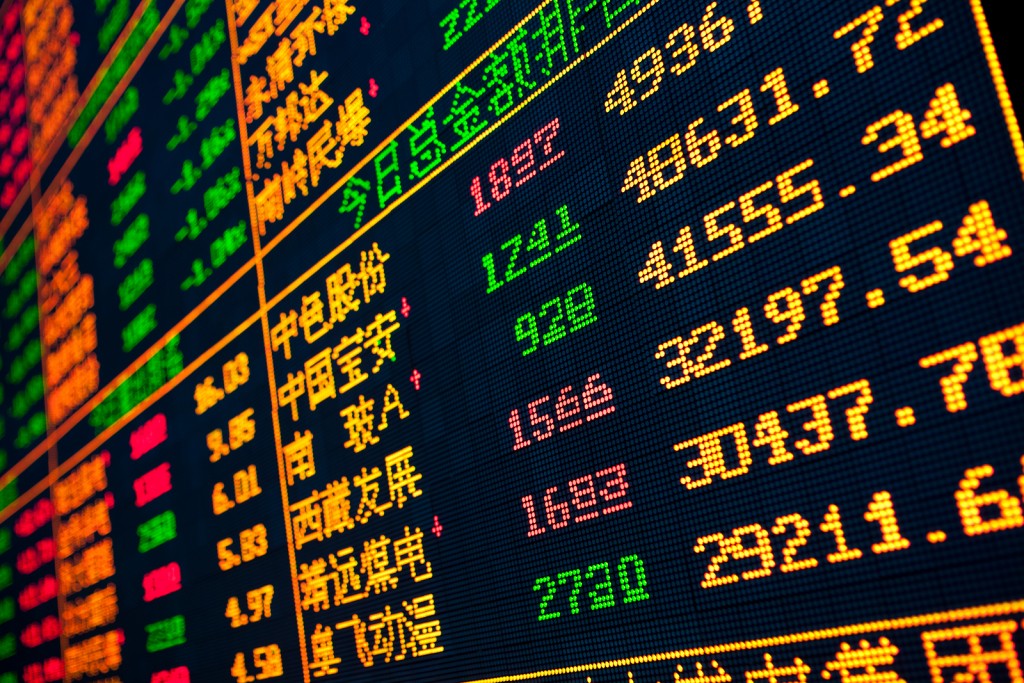
An unexpected death reaps a fortune for the family while an employee with stock options get a huge payday with the companies’ IPO. Via insurance or investment, there are many gains through financial products.
Similarly, losses could occur via a bad insurance application process or flawed underwriting where a death payout is rejected by the insurance company. An investment portfolio could suffer from an unfortunate total loss due to a collapse of the financial institution.
Financial experts and advisors experience the financial rise and fall of people and companies more than anyone else. All these incidents, which happen within distance or under their watch meant the experts and advisors behaviours are influenced & impacted by the outcome.
Have you achieved your first big gains or big losses? Have you already experienced many?
No. 8 The Big Crisis

For anyone long enough in the financial sector, a hidden voice is saying “wait till the big crisis comes and let’s see what comes out with it.”
The moment fortunately almost always don’t come, keeping everyone in the business. And when it comes, it is always beyond what everyone could imagine. A crisis is not just financially destructive, but economically and socially catastrophic.
If you are in an era of crisis, pessimism and distrust fills air. If you are in an era of growth, optimism and risk-taking is rampant.
Have you survived through 1, 2 or 3 crises or were you severely impacted?
Would you be a better financial expert or advisor if you are passed many of the Eureka moments?
Related Articles:
- 10 Ways to Deal With a Portfolio Disaster
- 8 Reasons Why Low-Risks Portfolios Do Not Work Effectively in Asia
- 8 Reasons Why You Can Construct a Portfolio Wrongly
- 14 Reasons Why Most Portfolio Managers rarely set up their own Fund Management Company?
- 8 Reasons Why Building a Portfolio is Tough in Asia
- 7 Things To Do When You Meet People Who Are Better Than You In Finance and Investments?
Related Articles:
- 8 Reasons Why Building a Portfolio is Tough in Asia
- 11 Interesting Strategies to Advice Clients
- Most Popular Investment Theories Clients Ask Wealth Managers
- How Do You Start Advising Clients in Your New Job?
- What Happens if You Make Mistakes, Say The Wrong Things to Clients?
Sign Up / Register
Caproasia Users
- Manage $20 million to $3 billion of assets
- Invest $3 million to $300 million
- Advise institutions, billionaires, UHNWs & HNWs
Caproasia Platforms | 11,000 Investors & Advisors
- Caproasia.com
- Caproasia Access
- Caproasia Events
- The Financial Centre | Find Services
- Membership
- Family Office Circle
- Professional Investor Circle
- Investor Relations Network
Monthly Roundtable & Networking
Family Office Programs
The 2025 Investment Day
- March - Hong Kong
- March - Singapore
- July - Hong Kong
- July - Singapore
- Sept- Hong Kong
- Sept - Singapore
- Oct- Hong Kong
- Nov - Singapore
- Visit: The Investment Day | Register: Click here
Caproasia Summits
- The Institutional Investor Summit
- The Investment / Alternatives Summit
- The Private Wealth Summit
- The Family Office Summit
- The CEO & Entrepreneur Summit
- The Capital Markets Summit
- The ESG / Sustainable Investment Summit





